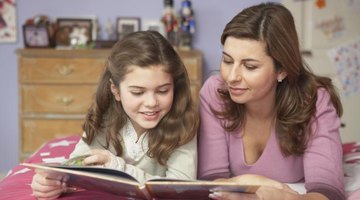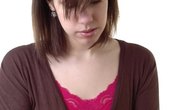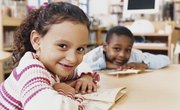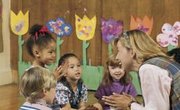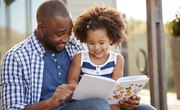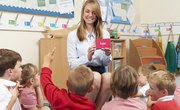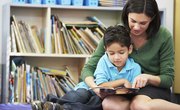Pictures can be valuable resources for new readers. They provide important clues about what is happening in the story. Teachers should encourage students to use the illustrations in books to help them decode tough words, make predictions about what might happen next, understand the sequence of events in a story and make connections between the book and their own lives or other books they've read. Instruction should be explicit: Explain why and how children should use pictures for each of these purposes, and model these methods frequently. Eventually, students will learn how to use comprehension strategies without relying on illustrations.
Decoding Words
Beginning readers inevitably run into unknown words. Pictures are helpful tools for decoding these. Pictures provide context, which helps children make educated guesses about words that are unfamiliar. Teach children to look at illustrations when they encounter difficult words and to think about what the picture shows and what is happening in the story. Then they should look at the beginning letters in the difficult word. Teach children to use this strategy when stuck, but emphasize the importance of noticing the actual letters and sounds in the word on the page.
Making Predictions
Making predictions is an important reading strategy in the development of strong comprehension skills. Teachers should encourage children to pause and make predictions based on what they have read or heard so far. Upper elementary and middle school students may be able to do this by just reading the text. Teachers of younger children in kindergarten or first grade, for example, can teach students to use picture cues to help. Teach this skill when reading a picture book aloud. Pause on a page and ask students what they notice about the illustration. Ask specific questions about the picture that encourage students to notice details as well as the overall story the drawing is telling. Then ask what might be happening on this page or what this picture tells you about what might happen next.
Sequencing Plot
Teach children about story sequence and plot by using pictures to put a story in order. Discuss the meaning of beginning, middle and end. Explain that stories are split into events that, when put together, form the beginning, middle and end of the tale. Provide a series of pictures that clearly tell a story. Have students work with partners or in small groups to put the pictures in order from beginning to end to tell a clear story. Explain that the pictures belong in a specific order and the story should make sense once these pictures are laid out in sequence.
Making Connections
Making connections while reading helps students engage more deeply in content. Older elementary and middle school age students may no longer need pictures to make connections. But younger students still benefit from using the illustrations. Teach them to make text-to-self, text-to-text and text-to-world connections. Model how to do this. For instance, point at a picture of a boy with a new puppy and talk about how the drawing reminds you of the puppy you had as a child. This is an example of a text-to-self connection. To model a text-to-text connection, connect this picture to a picture in another book featuring a boy with a puppy. A text-to-world connection might involve a discussion about where or how people get new puppies.
Related Articles
References
Writer Bio
Rachel Pancare taught elementary school for seven years before moving into the K-12 publishing industry. Pancare holds a Master of Science in childhood education from Bank Street College and a Bachelor of Arts in English from Skidmore College.

